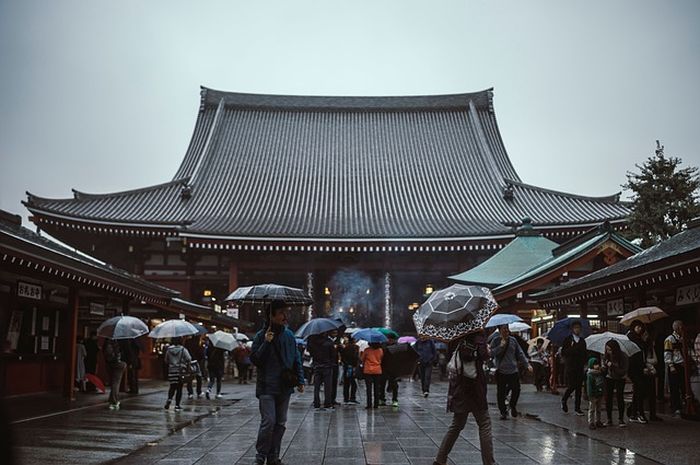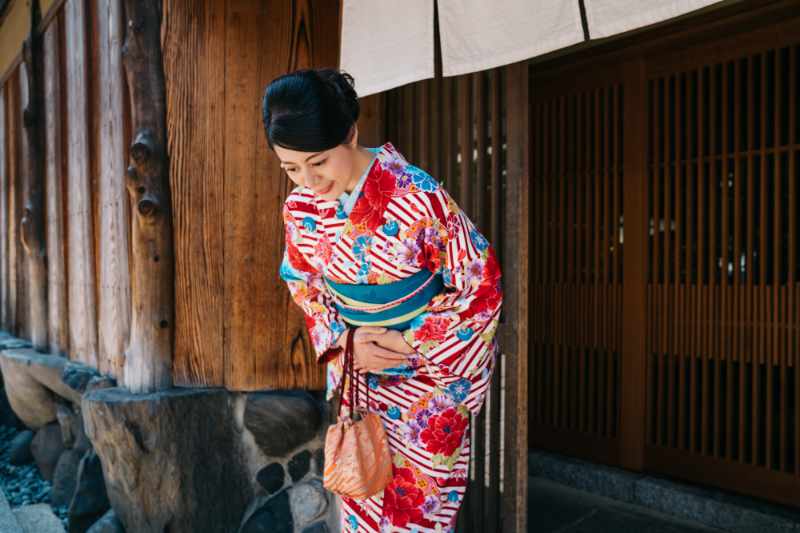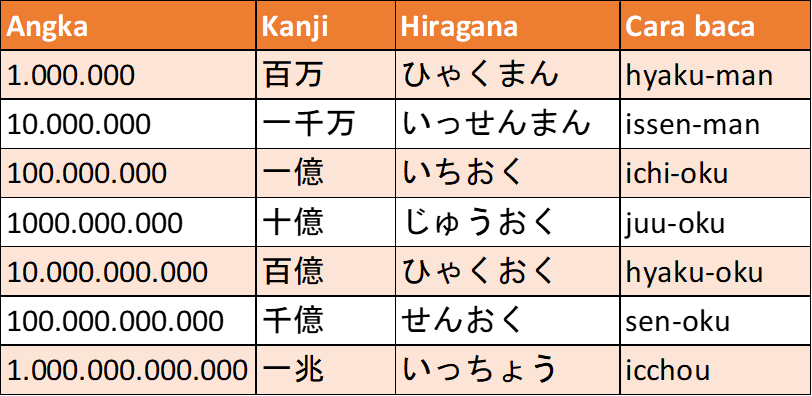Minuman Keras Jepang yang Populer di Indonesia
Banyak orang di Indonesia yang menyukai minuman keras dari Jepang, terutama sake dan shochu. Sake dan shochu merupakan minuman beralkohol yang sangat populer di Jepang dan kini semakin populer di Indonesia. Kedua minuman ini merupakan jenis minuman tradisional Jepang yang memiliki sejarah yang cukup panjang dan menarik. Meskipun mereka terdengar mirip, sake dan shochu memiliki perbedaan yang cukup besar dalam cara pembuatan dan karakteristik rasa mereka.
Sake adalah minuman beralkohol yang terbuat dari beras yang difermentasi. Beberapa orang lebih memilih mengkonsumsi sake dingin atau panas tergantung dari jenis dan karakteristik rasa dari masing-masing sake. Sake biasanya dihidangkan dengan berbagai jenis makanan Jepang seperti sushi, tempura atau sukiyaki. Di Jepang, sake disajikan di acara-acara formal atau di bar khusus yang disebut izakaya. Di Indonesia, sake dapat ditemukan di toko-toko dan restoran-restoran Jepang yang semakin banyak bermunculan di berbagai kota. Beberapa merek sake yang populer di Indonesia antara lain Gekkeikan dan Hakushika.
Shochu, di sisi lain, adalah minuman beralkohol tradisional Jepang yang terbuat dari bahan-bahan seperti ubi jalar, sorgum, beras, atau barley yang telah difermentasi dan didestilasi. Shochu biasanya dihidangkan dingin atau dicampur dengan air soda atau jus. Shochu memiliki kadar alkohol yang lebih tinggi dibandingkan dengan sake, namun rasanya yang halus dan tidak terlalu kuat menjadikan shochu diminati oleh banyak orang. Di Jepang, shochu masih dianggap sebagai minuman beralkohol yang jauh lebih murah dibandingkan sake, sehingga banyak orang memilih untuk mengonsumsi shochu saat ingin minum minuman keras. Shochu juga dihidangkan dengan berbagai jenis makanan Jepang seperti soba atau yakiniku. Beberapa merek shochu yang populer di Indonesia antara lain Iichiko dan Satsuma.
Banyak orang di Indonesia yang memilih sake dan shochu sebagai minuman alternatif untuk bir atau wine. Kedua jenis minuman ini cenderung lebih halus dan tidak terlalu menggigit. Selain itu, aroma dan rasa sake dan shochu juga dapat dipadukan dengan berbagai jenis makanan Jepang yang semakin banyak tersedia di Indonesia saat ini. Untuk para pecinta minuman keras atau yang ingin mencoba hal-hal baru, sake dan shochu adalah pilihan yang menarik dan berbeda dari yang lain.
The Art of Sake Brewing
When it comes to Japanese culture, one of the most popular drinks that always comes to mind is Sake. Sake is a traditional Japanese alcoholic beverage that is brewed using rice, water, yeast, and a fungus called Koji-Kin. This beverage is not only famous in Japan but also in many other countries around the world, including Indonesia.
The process of brewing sake is not as simple as it seems. It takes a lot of knowledge, skill, and experience to make it right. Brewing sake requires a unique combination of science and art. In Japan, sake brewing is considered a sacred tradition, and the brewers are called “Sake Samurai.”
When it comes to Indonesia, many people are not aware that the country has its own sake breweries. Indonesian sake is called “Sake Nona,” and it is brewed using local Indonesian rice. Sake Nona is gaining popularity among the locals, as well as tourists who are curious about Indonesian culture.
The process of brewing Sake Nona is similar to that of traditional Japanese Sake. However, the Indonesian brewers have added their own unique twist to the process. The rice used in Sake Nona is sourced from local farmers, and the water used is also from local sources. This adds a distinct flavor to the sake, which sets it apart from Japanese Sake.
Another thing that makes Sake Nona unique is the fact that it is brewed using wooden barrels. This is in contrast to Japanese Sake, which is traditionally brewed in stainless steel tanks. The wooden barrels used in Sake Nona give the beverage a woody aroma and a unique taste that cannot be found in traditional Japanese Sake.
Although Sake Nona is a relatively new addition to the Indonesian market, it has already gained a strong following, with many local restaurants and bars serving it to their customers. The growing popularity of Sake Nona is also helping to promote Indonesia’s culture to the world.
In conclusion, the art of sake brewing is a sacred tradition in Japan, and it is gaining popularity in Indonesia as well. Whether it is the traditional Japanese Sake or the unique Indonesian Sake Nona, the process of brewing sake requires a combination of science and art. It is not just a beverage but a cultural experience that is enjoyed by people all around the world.
Exploring the World of Japanese Tea
Japan is known for its exquisite tea culture, and Indonesian fans of the beverage are not immune to its charms. Nomimono is the Japanese word for drink, and when it comes to tea, the country has a long and varied history. Each type of Japanese tea is characterized by its unique aroma, flavor, and shape. This has led to the creation of numerous tea-drinking customs and traditions, some of which are still practiced in Japan today. Read on to discover the diverse world of Japanese tea and how to enjoy it the proper way.
Sencha Tea
Sencha is the most popular variety of Japanese green tea, and it is made by steaming the leaves to prevent the oxidation process. The tea has a clear light green color and a delicate taste, making it perfect for a refreshing afternoon break. Sencha also offers numerous health benefits, such as it contains antioxidants, which is believed to help combat cardiovascular disease and also balance blood-sugar levels in those who suffer from diabetes. It is also reputed to be a refreshing beverage that improves concentration.
Matcha Tea
Matcha is a fine and delicate powder made by grinding tea leaves grown in the shade and has gained international popularity in recent years. The powder is made by carefully selecting the finest, youngest leaves and then drying and grinding them with a stone mill. Unlike other forms of Japanese tea, matcha tea is made using the entire leaf, full of caffeine for gives boosts of energy and higher metabolism to the drinkers. Indonesia has developed a love for Matcha tea, providing various ways to consume it as you are in Japan. From being prepared in ceremonial style to making desserts and ice cream using this tea powder.
Genmaicha
Genmaicha is a combination of sencha tea leaves and roasted brown rice. When the rice is roasted, it pops like popcorn giving the tea an earthy aroma and lightly roasted flavor. This tea is a favorite among businessmen and women, who seek a refreshing and relaxing drink within the day. Also, It is popular to be consumed after meals due to its rich and nutty taste, which helps in digestion.
Gyokuro Tea
Gyokuro is the most expensive type of Japanese green tea, made by growing tea leaves in the shade for about twenty days, which increases the antioxidant content, strengthens the tea’s flavor and changes its color to bright green. The leaves are harvested and then dried and rolled carefully by hand to maintain its flavor. How to drink gyokuro properly? Gyokuro is a tea that is meant to be sipped, not chugged. One should use the smallest size teacup, with only a little bit of water which means the ratio of tea to water is high. This preserves the aroma of tea, which will enhance the drinking experience and help appreciate the tea’s complexity and uniqueness.
Oolong Tea
Oolong tea is a type of partially oxidized tea, where the leaves are withered under sulfur gas before being dried and roasted, producing a flavor that is between green and black tea. There are many variations of oolong tea, each offering its distinct flavor. Oolong tea is known for its tart, fruity flavor and its ability to aid in digestion. Although oolong can be brewed in a number of ways, the most important aspect of its preparation is to use high-quality leaves. It has been noted that oolong teas from Taiwan are a significant industry these days, and it is a favorite among tea drinkers in Indonesia and has numerous health benefits.
Japanese tea culture is also about aesthetics, and enjoying the experience of drinking tea while relaxing in a traditional tea room. Many restaurants in Indonesia live up to this tradition by offering special rooms decorated in a traditional Japanese style where one can relax while savoring tea and Japanese sweets. So, take the time to explore the exclusive world of nomimono, and relish the unique flavors of Japanese tea that Indonesia has to offer.
Minuman Jepang Manis dan Segar
Minuman Jepang sangat populer di Indonesia. Minuman Jepang manis dan segar seperti soda, teh, sirup dan lainnya sangat diminati oleh masyarakat Indonesia karena rasanya yang unik dan enak. Beberapa minuman Jepang yang populer adalah Ramune, Calpis, dan Pocari Sweat.
Pocari Sweat adalah minuman yang sangat populer di Indonesia. Minuman ini dikenal sebagai minuman olahraga karena mengandung elektrolit dan gula yang dapat mempercepat pemulihan tubuh setelah berolahraga. Selain itu, Pocari Sweat juga dapat mencegah dehidrasi pada tubuh.
Calpis adalah minuman Jepang yang memiliki rasa manis dan asam. Minuman ini terbuat dari susu asam dan ditambah dengan gula, air dan lainnya. Calpis adalah minuman khas Jepang yang sangat terkenal dan diminati oleh banyak orang di Indonesia. Calpis juga memiliki kandungan bakteri baik yang bermanfaat bagi kesehatan pencernaan.
Ramune adalah minuman ringan asal Jepang yang sangat populer di Indonesia. Minuman ini memiliki rasa yang manis dan segar dengan gelembung-gelembung kecil yang memberikan sensasi yang berbeda dan unik. Ramune dikemas dalam botol kaca dan memiliki bola kaca di dalam botol yang bisa membuat minuman berbusa dan membuat sensasi yang menyenangkan saat diminum.
Yakult adalah minuman probiotik asal Jepang yang sangat populer di Indonesia. Minuman ini terbuat dari susu fermentasi dan memiliki banyak manfaat bagi kesehatan pencernaan. Yakult memiliki kandungan bakteri baik yang dapat membantu menjaga kesehatan tubuh dan mencegah terjadinya gangguan pencernaan seperti diare dan sembelit. Yakult juga sangat cocok untuk diminum pada saat cuaca panas karena memiliki rasa yang manis dan segar.
Itulah beberapa jenis minuman Jepang yang manis dan segar yang dapat kamu temukan di Indonesia. Rasanya yang unik dan enak pasti akan membuatmu ketagihan untuk mencoba dan meminumnya lagi. Selain itu, minuman Jepang juga memiliki banyak manfaat kesehatan yang sangat baik bagi tubuh. Jadi, jangan ragu untuk mencobanya dan nikmati sensasi baru dalam meminum minuman Jepang yang asyik!
Uncovering the Secrets of Japan’s Whiskey Culture
Whiskey is a popular alcoholic beverage all over the world, and Japan is no exception. The country has a unique whiskey culture that is worth exploring. The word “nomimono” is Japanese for “beverage” or “drinking thing,” and it is a term that encompasses all types of alcohol, including whiskey. In this article, we will uncover the secrets of Japan’s whiskey culture.
The History of Japanese Whiskey
Japanese whiskey has a relatively short but fascinating history. The first commercial whiskey distillery in Japan, the Yamazaki distillery, was established in 1923 by Shinjiro Torii and Masataka Taketsuru. It wasn’t until the 1970s that Japanese whiskey gained global recognition, thanks to the efforts of Suntory and Nikka, two of the biggest whiskey producers in Japan. Today, Japanese whiskey is known for its high quality and unique flavor profile, which sets it apart from other types of whiskey.
The Distillation Process
The distillation process is a crucial step in making whiskey, and Japanese whiskey is no exception. The process starts with malted barley that is soaked in water and then left to germinate. The germinated barley, also known as “malt,” is then dried and mashed to extract the sugars. The sugar-rich liquid, called wort, is fermented with yeast to create a beer-like liquid called wash. The wash is then distilled twice in copper stills to produce a clear spirit that is then aged in oak barrels. The length of the aging process and the type of barrel used will affect the flavor profile of the whiskey.
The Flavor Profile of Japanese Whiskey
One of the most unique aspects of Japanese whiskey is its flavor profile. Japanese whiskey is known for its smoothness and complexity, with flavors that range from fruity and floral to spicy and smoky. This is due to the distillation process, the type of barrels used for aging, and the unique climate in Japan. The country’s hot and humid summers and cold winters are ideal for producing whiskey that has a well-rounded flavor profile. Japanese whiskey is also known for its attention to detail, with distillers paying close attention to every step of the process to ensure consistency and quality.
Pairing Japanese Whiskey with Food
In Japan, whiskey is often enjoyed with food, just like wine. Japanese whiskey can be paired with a wide range of dishes, from sushi to steak. The key is to find a whiskey that complements the flavors of the food. For example, a light and floral whiskey like Hakushu is perfect for pairing with seafood, while a smoky and complex whiskey like Yoichi is ideal for pairing with red meat. Some Japanese whiskeys also have a subtle sweetness that makes them a great match for desserts, such as cheesecake and chocolate.
The Future of Japanese Whiskey
The future of Japanese whiskey looks bright, with distillers continuing to experiment with new flavors and techniques. However, the popularity of Japanese whiskey has also led to a shortage of aged whiskey, as demand outstrips supply. To address this issue, some distilleries have started producing younger whiskey blends that are still flavorful but don’t require as much aging time. Despite the challenges, the unique flavor profile and attention to detail that characterizes Japanese whiskey will ensure its continued success and popularity for years to come.



